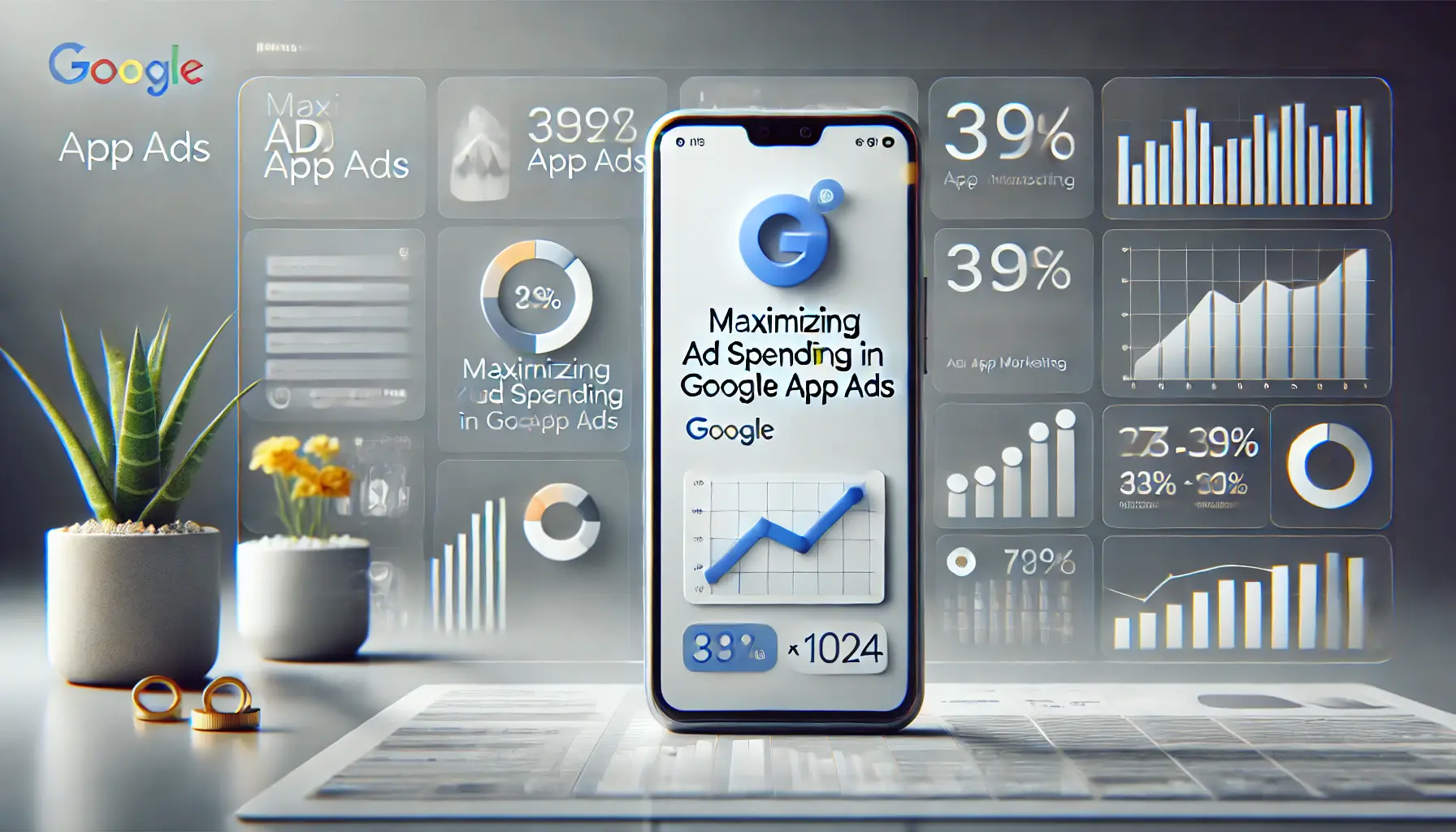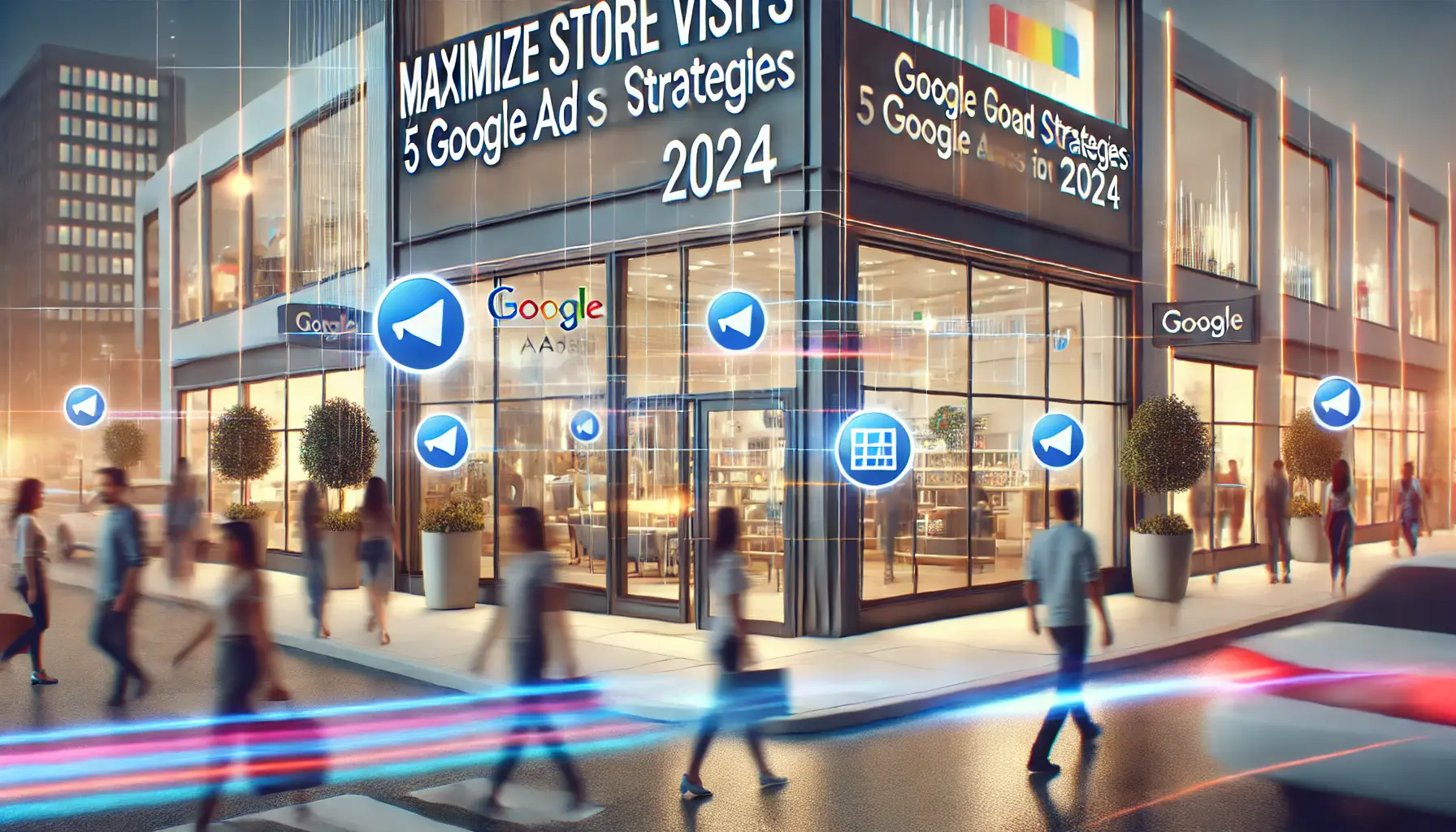In today’s competitive digital market, understanding your target audience is essential in making an effective ad placement strategy.
Knowing your target customers’ demographics, interests, and behaviors will make your ads relevant to them, thereby engaging and converting them.
Let us learn how you can get to know your target audience better to optimize your ad placement strategy.
Understand Your Target Audience
To come up with a successful ad placement strategy, it is vital to know who your audience is and what drives them in decision-making.
This helps you create ads that not only capture attention but also resonate with the desires and wants of your potential buyers.
Identify Demographics and Interests
Begin by collecting data on your audience’s fundamental features, including age, gender, income level, education, and occupation.
In addition to that, find out about their hobbies, interests, and inclinations.
The following are methods by which this can be gathered:
- Customer Surveys: Run surveys to gain first-hand data about your customers’ demographics and areas of interest.
- Website Analytics: Use analytics software such as Google Analytics to dissect visitor statistics and find recurring features among your audience.
- Social Media Insights: Take a look at the analytics provided by social media platforms to observe what type of individuals and interests your audience follows.
By using this data, you can create detailed buyer personasFictional representations of ideal customers based on data and research. that represent your target audience, guiding your ad placement strategy and decisions.
Examine User Behavior and Preferences
Understanding how your audience interacts with your brand and perceives content is essential to effective ad placement.
Experiment with the following approaches:
- Behavioral Analytics: Monitor user behavior on your website, such as pages visited, duration spent, and actions taken, to identify habits and preferences.
- Purchase History: Record purchase histories to determine what product or service specific groups of individuals purchase most frequently.
- Engagement Metrics: Evaluate social media engagement metrics, such as likes, shares, and comments, to see what content best resonates with people.
These insights enable you to craft your ads in a manner that aligns with your audience’s interests, increasing the chances of engagement and conversion.
By gaining thorough insights into your target audience’s demographics, interests, behaviors, and preferences, you lay the groundwork for a successful ad placement strategy that resonates and connects with your target customers.
Identifying your audience’s demographics and behaviors is the foundation of an effective ad placement strategy. The more you know about your target audience, the better you can tailor your ads to engage and convert them.
Choose the Right Platforms for Ad Placement
Appropriate platform choice is an important aspect of an effective ad placement strategy.
The platforms you choose can play a significant role in the reach and performance of your advertisements.
To make informed choices, consider the following factors:
Assess Platform Demographics and Usage
Each ad platform has its own unique set of users.
Understanding the demographics and behaviors of each platform is key to aligning your ad placement strategy with your target audience.
Here’s how you can assess these factors:
- Analyze User Demographics: Examine users’ age, gender, geographic location, and interests on each platform. Platforms like Instagram and TikTok attract a younger audience, while Facebook and LinkedIn cater to an older, professional demographic.
- Measure Engagement Levels: Consider how consumers interact on these platforms. High engagement levels can lead to better ad performance. Platforms like Pinterest have engaged users actively searching for inspiration and products, making them more receptive to ads.
- Understand Content Consumption Habits: Find out what type of content performs best on each platform. For example, visual content thrives on Instagram and Pinterest, whereas LinkedIn favors formal and educational content.
By aligning your ad placement strategy with platform demographics and usage patterns, you can position your ads in a way that optimizes engagement and conversion.
Look at Platform Advertising Choices
Platforms also have varying advertising options and features.
Consider the following as you evaluate them to select the best match for your campaign objectives:
- Ad Formats and Features: Find out which ad formats are supported, such as image ads, video ads, carousel ads, and stories. For example, Instagram offers full-screen, immersive stories, while LinkedIn provides sponsored content and InMail opportunities.
- Targeting Capabilities: Assess the precision of targeting options. Social platforms like Facebook offer detailed targeting based on user behavior, interests, and demographics, enabling highly focused ad campaigns.
- Budget and Bidding Options: Understand the bidding approaches and cost structures. Some platforms provide flexible budgeting options that cater to both small and large businesses.
- Performance Tracking and Analytics: Ensure the platform delivers robust analytics for ad performance monitoring. Access to real-time data allows for timely adjustments to your ad placement strategy.
By thoroughly analyzing these factors, you can choose platforms that not only cater to your target audience but also offer the tools and features required to implement a successful ad placement strategy.
Selecting the right platform is just as important as crafting the perfect ad. Understanding user demographics, engagement levels, and platform-specific ad features ensures your message reaches the right audience at the right time.
Optimize Ad Sizes and Formats
It is crucial to choose the best ad sizes and formats for a successful ad placement strategy.
Selecting the correct formats will help you maximize user interactions and achieve better campaign results.
Here’s how to optimize ad sizes and formats:
Choose Relevant Ad Formats
Different ad formats serve various purposes and resonate differently with audiences.
Consider the following commonly used formats:
- Banner Ads: These are classic display ads seen at the top, bottom, or sides of a webpage. Typical sizes are 300×250 (medium rectangle) and 728×90 (leaderboard).
- Native Ads: These ads are integrated into the platform’s content and do not interrupt the user experience. They usually appear as recommended stories or in-feed ads.
- Video Ads: Engaging video content that can be placed pre-roll, mid-roll, or post-roll within streaming video content. Vertical videos perform particularly well on mobile devices.
- Rich Media Ads: Interactive advertisements that may include animation, expandable panels, or gamified elements to engage users actively.
Select the appropriate ad format according to your campaign objectives and where your ads will appear.
Aligning the format with user preferences enhances the success of your ad placement strategy.
Employ Multi-Sized Ad Placements
Having multiple ad sizes ensures your ads can fit into various placements on platforms, maximizing visibility.
Consider the following standard ad sizes:
- Medium Rectangle (300×250): Suitable for mobile and desktop placements, offering flexibility.
- Leaderboard (728×90): Ideal for placement at the top or bottom of webpages, usually well-suited for desktop views.
- Wide Skyscraper (160×600): Ideal for sidebars, providing vertical visibility without being intrusive.
- Mobile Banner (320×50): Specifically designed for mobile usage, ensuring an optimal user experience.
By creating advertisements in these standard sizes, you increase the likelihood of your ads being displayed across multiple sites and devices, making your ad placement strategy more effective.
Create Responsive and Mobile-Friendly Designs
Because the vast majority of users consume content on mobile, it is imperative to design ads that are both responsive and mobile-friendly.
Consider the following best practices:
- Responsive Design: Create ads that dynamically adjust to different screen sizes and orientations to maintain consistency across devices.
- Vertical Videos: Utilize vertical video formats, especially on apps like TikTok and Instagram Stories, to provide a native mobile viewing experience.
- Clear and Concise Messaging: With smaller screen space on mobile, ensure that your ad copy is brief and impactful.
Utilizing responsive and mobile-optimized designs enhances user experience and engagement, making your overall ad placement strategy stronger.
By selecting ad formats meticulously, employing multiple ad sizes, and ensuring they are responsive, you can optimize your ad placement strategy to effectively reach and engage with your target audience.
Using multiple ad formats and responsive designs improves ad visibility across devices. A well-optimized ad format enhances engagement and increases your campaign’s success rate.
Place Ads Strategically
Placing ads strategically is required to attain the highest level of visibility and interactions in your ad placement strategy.
Strategic ad placement enhances user experience and increases the likelihood of interaction.
Apply the following approaches:
Above-the-Fold and Below-the-Fold Placements
Understanding the difference between above-the-fold and below-the-fold placements is important:
- Above-the-Fold: Ads placed in the section that becomes immediately visible when a page loads. These positions tend to have greater viewability and engagement rates.
- Below-the-Fold: Ads that appear in spaces where users must scroll down. Even though these may receive less instantaneous attention, strategically placed ads can remain highly engaging.
Balancing such placements in your ad placement strategy ensures maximum exposure without negatively impacting user experience.
Blend In-Content and Sidebar Ads
Positioning ads in content and sidebars can effectively draw user attention:
- In-Content Ads: Placing ads between paragraphs or within the content flow can engage readers without disrupting their experience.
- Sidebar Ads: Ad placement in sidebars guarantees visibility without intruding on the primary content area.
These seamless ad integrations must achieve a balance between ads and content in your ad placement strategy.
Use Sticky and Interstitial Ads
Sticky and interstitial ad types offer more sophisticated engagement techniques:
- Sticky Ads: These ads remain visible as users scroll, ensuring continuous exposure without overwhelming the user.
- Interstitial Ads: Full-screen ads that appear at natural breakpoints, such as between content pages, effectively capturing user attention.
When employing these formats, ensure they enhance user expectations and do not detract from the overall experience.
Prioritize User Experience When Placing Ads
A positive user experience should be your number one priority:
- Non-Intrusive Ads: Avoid ads that disrupt content consumption or site usability.
- Relevance: Connect ads to user interests and the content context to drive maximum engagement.
- Ad Density: Avoid overcrowding pages with ad placements; a balanced approach keeps users engaged and trusting.
Prioritizing user experience in your ad placement strategy fosters a welcoming environment, encouraging return visits and ongoing engagement.
By optimizing these strategic ad placements, you can enhance the performance of your ad placement strategy, striking a harmonious balance between user experience and revenue generation.
Strategic ad placement is crucial for balancing visibility and user experience. Overloading pages with ads or placing them in disruptive spots can negatively impact engagement.
Monitor and Optimize Ad Performance
Continuously monitoring and optimizing your ad performance is crucial to maintaining a well-structured ad placement strategy.
By analyzing core metrics and implementing testing tactics, you can refine your approach to achieve better results.
Here’s how you should proceed:
Track Key Advertising Metrics
Understanding and tracking specific metrics provides valuable insight into your ad campaigns’ performance.
Focus on the following:
- Impressions: The number of times your ad is displayed. High impressions indicate good exposure but do not necessarily lead to engagement.
- Click-Through Rate (CTR): The ratio of clicks to impressions, showing how often people click on your ad after seeing it. A high CTR signifies that your ad is relevant and engaging.
- Conversion Rate: The percentage of users who take a desired action after clicking on your ad, such as making a purchase or subscribing to a newsletter. This metric directly reflects your ad’s effectiveness in driving actions.
- Cost Per Click (CPC): The average amount spent for each click on your advertisement. Monitoring CPC helps manage your ad budget effectively.
- Return on Investment (ROI): Measures the profitability of your ad campaigns by comparing revenue generated to costs incurred. A positive ROI indicates a successful and profitable campaign.
Tracking these metrics regularly helps you identify areas of improvement and make informed decisions to optimize your ad placement strategy.
Use A/B Testing
A/B testing, or split testing, involves comparing two ads to determine which performs better.
To conduct effective A/B tests:
- Set Clear Goals: Define what you want to achieve with the test, such as increasing CTR or reducing CPC.
- Test One Variable at a Time: Change only one element—like the headline, image, or call-to-action—at a time to accurately measure its impact on performance.
- Reach Statistical Significance: Run the test long enough to collect a substantial amount of data to ensure reliable results.
- Analyze and Implement Findings: Apply insights gained from the test to optimize your ads and continuously refine your ad placement strategy based on performance metrics.
By systematically testing and optimizing your ads, you enhance their effectiveness and strengthen your overall ad placement strategy.
Use Ad Tracking Tools
Utilizing ad tracking tools helps you understand how users interact with your ads and provides valuable performance insights:
- Google Analytics: Provides in-depth data on user behavior, traffic sources, and conversion tracking to help assess ad performance.
- Facebook Pixel: Allows you to track conversions from Facebook ads, optimize ads based on collected data, and build targeted audiences for future campaigns.
- Third-Party Tracking Software: Offers additional features like cross-platform tracking and advanced analytics, giving you a comprehensive view of your ad campaigns.
With these tools, you can make data-driven decisions to ensure your ad placement strategy remains efficient and effective.
By diligently monitoring key metrics, implementing A/B testingA method of comparing two versions of an ad or webpage to determine which performs better., and utilizing tracking tools, you can continuously optimize your ad placement strategy, leading to improved performance and a higher return on investmentA measure of profitability that evaluates the efficiency of an investment..
Continuously tracking performance metrics and conducting A/B tests help refine your ad placement strategy. Data-driven adjustments lead to improved ROI and long-term campaign success.
Maximizing Success through a Strong Ad Placement Strategy
An effective ad placement strategy is critical for maximizing engagement, enhancing visibility, and driving conversions.
By understanding audience behavior, selecting the best platforms, and optimizing ad formats, businesses can ensure their ads generate the highest returns.
Below is a recap of the essential strategies covered in this guide.
Key Takeaways for Effective Ad Placement
To develop a high-performing ad placement strategy, consider the following crucial factors:
- Know Your Target Audience: Understanding your audience’s demographics, interests, and behaviors results in more relevant and effective ads.
- Choose the Best Platforms: Selecting the right advertising platforms ensures your ads reach the right people at the right time.
- Optimize Ad Sizes and Formats: Using a mix of ad formats—including banners, native ads, and video—improves engagement while ensuring seamless placement across devices.
- Use Strategic Ad Placement: Placing ads in high-visibility positions such as above-the-fold sections and within content flow increases viewability and user interaction.
- Monitor and Optimize Performance Continuously: Tracking key metrics, conducting A/B tests, and utilizing tracking tools help refine your approach and maximize ROI.
Why Optimization is Key to a Successful Ad Placement Strategy
Ad placement is not a one-time process; continuous optimization is essential for keeping up with user habits, platform advancements, and market trends.
Without regular updates, even the best-planned campaigns can lose effectiveness over time.
- Data-Driven Adjustments: Analyzing key advertising performance indicators such as CTR, impressions, and conversion rates provides actionable insights for optimization.
- A/B Testing for Performance Optimization: Testing different ad creatives, placements, and messaging helps determine the most effective combinations.
- Leveraging Automation and AI: Modern ad platforms offer AI-powered tools that dynamically optimize bidding, targeting, and placements in real-time.
Future Directions for Ad Placement Strategies
As digital advertising continues to evolve, businesses must stay ahead by adapting their ad placement strategy to shifting consumer behaviors and emerging technologies.
Mobile-first designs, personalized ad experiences, and AI-driven optimizations will play a pivotal role in shaping the future of ad placements.
By applying the strategies outlined in this guide and remaining proactive in optimizing your ad placement strategy, you can achieve maximum ad performance, higher conversions, and long-term success in your digital marketing campaigns.
Ad placement is not a one-time effort; continuous optimization is necessary to keep up with changing audience behaviors and platform updates.
Enjoyed the article? Let its author handle your social media ads. Visit our service page to get started!
Frequently Asked Questions about Ad Placement Strategy
An ad placement strategy involves selecting optimal locations and platforms to display advertisements, aiming to effectively reach the target audience and achieve marketing objectives.
Proper ad placement ensures advertisements reach the intended audience, maximizing engagement and return on investment by appearing in relevant contexts.
Select platforms that align with your target audience’s demographics and interests, ensuring your ad placement strategy reaches the most relevant viewers.
Best practices include understanding your audience, prioritizing viewability, integrating ads seamlessly within content, and focusing on user experience to optimize engagement.
Strategic ad placement ensures ads complement rather than disrupt content, maintaining a positive user experience and encouraging engagement.
Key metrics include click-through rates, conversion rates, and return on ad spend, providing insights into ad placement strategy performance and areas for improvement.
Regularly reviewing and adjusting your ad placement strategy ensures it remains effective, adapting to changes in audience behavior and market trends.
Yes, automated tools can optimize ad placement by analyzing data and adjusting strategies in real-time, enhancing efficiency and effectiveness.
Common mistakes include ignoring audience preferences, overloading pages with ads, and neglecting mobile optimization, all of which can negatively impact your ad placement strategy.












